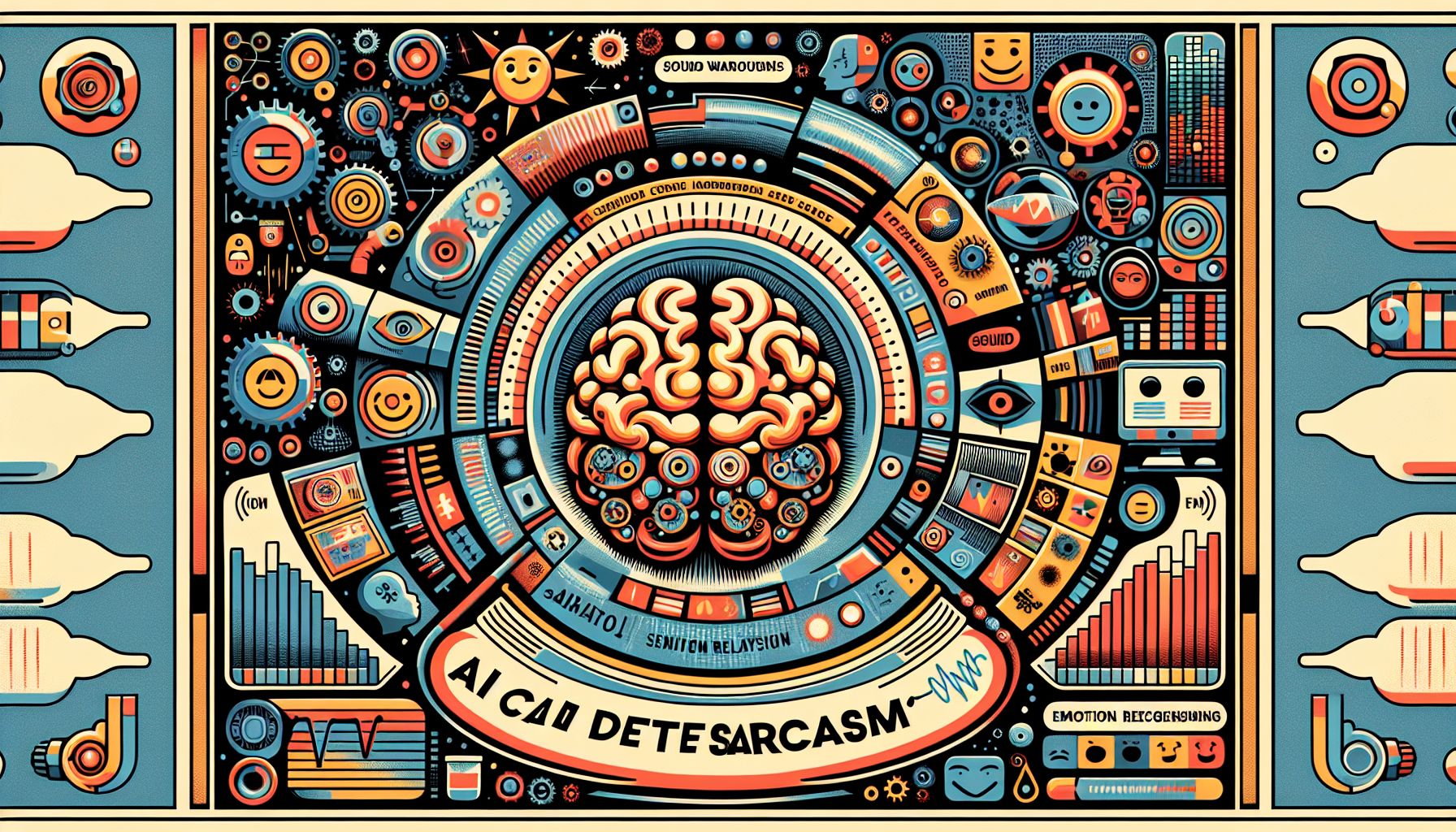ai can now detect sarcasm, boosting natural language processing capabilities

Researchers at the University of Groningen have developed an AI that can detect sarcasm, enhancing natural language processing by combining sentiment analysis of spoken words and emotion recognition through audio cues.
How the Sarcasm Detection Algorithm Works
The sarcasm detection algorithm developed by the Speech Technology Lab at the University of Groningen utilizes a multimodal approach to enhance its accuracy. The researchers, including Xiyuan Gao, Shekhar Nayak, and Matt Coler, integrated sentiment analysis of spoken words and emotion recognition through audio cues. By extracting acoustic parameters such as pitch, speaking rate, and energy from speech, and then transcribing the speech into text for further sentiment analysis, the algorithm provides a comprehensive analysis of the emotional content of the text.
Multimodal Integration for Better Accuracy
The team added another layer of sophistication by assigning emoticons to each speech segment to reflect its emotional content. This integration of multimodal cues leverages the strengths of both auditory and textual information, allowing the algorithm to interpret sarcasm more accurately. The database used for this purpose, known as the MUStARD (Multimodal Sarcasm Detection Dataset), includes clips from popular TV shows like ‘The Big Bang Theory’ and ‘Friends’, which were annotated for sarcasm by other scientists.
Applications and Benefits
The implications of this technology extend beyond merely detecting sarcasm in conversations. According to Gao, the technology can significantly benefit other research domains that use sentiment analysis and emotion recognition. For instance, it can improve online hate speech detection and customer opinion mining. Additionally, emotion recognition based on speech can be applied to AI-assisted healthcare, enhancing patient interactions with virtual assistants.
The Road Ahead
Despite the promising performance of the sarcasm detection algorithm, the researchers are committed to further refining their model. They aim to incorporate more diverse expressions and gestures, which are crucial for highlighting sarcastic elements in speech. Moreover, the team plans to expand the language coverage and adopt emerging sarcasm recognition techniques to enhance the algorithm’s applicability across different cultural and linguistic contexts.
Bronnen
- www.euronews.com
- www.newser.com
- interestingengineering.com
- www.popsci.com
- wonderfulengineering.com
- www.sciencedaily.com

